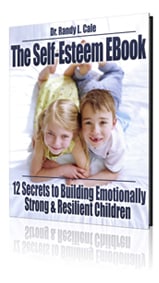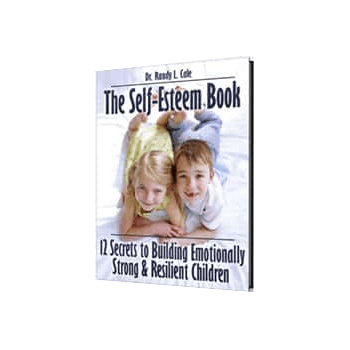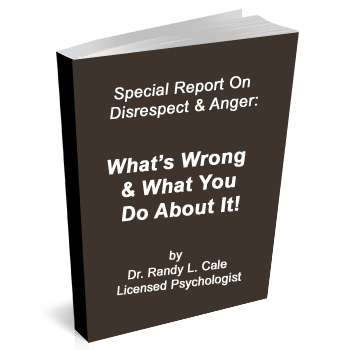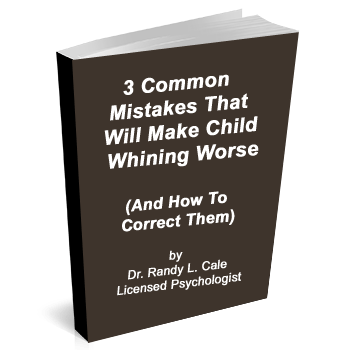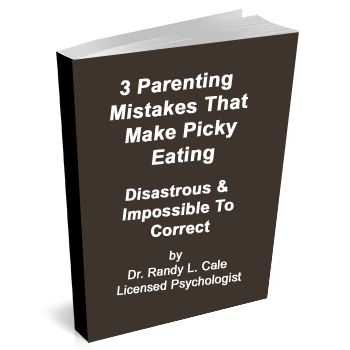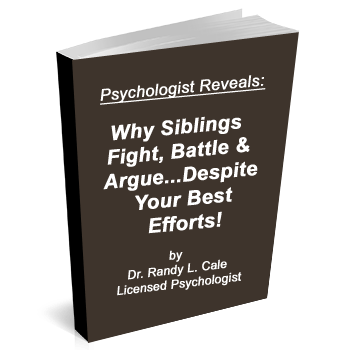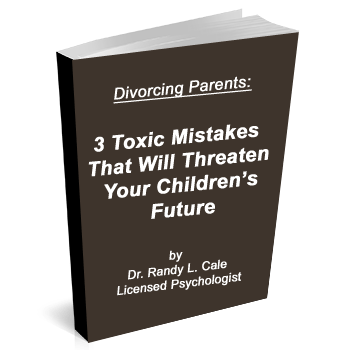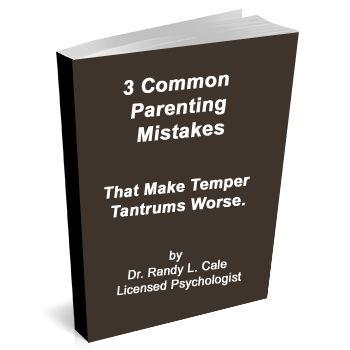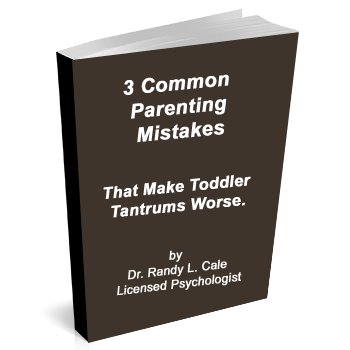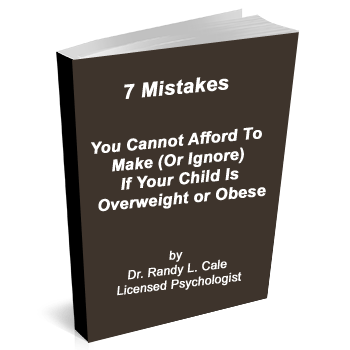I received an email this week from a reader asking a seemingly simple question, “How do I change my tendency to react with anger… to those I love?” This mom went on to describe her efforts to keep calm in the face of daily challenges. Yet, over and over, she seemed to lose her cool. Then, she would beat herself up over this, going to bed with guilt or self-focused anger.
She, of course, is not alone. The research suggests that our efforts to change our behaviors often produce more frustrations and result in even more struggles. It’s as if the more we try at times, the harder things get.
I often find this is true for parents, who are easily frustrated or upset by their children’s behaviors. The more they tell themselves to calm down, the more upset they get. The more they beat themselves up for this, the more volatile things become at home.
In fact, many of us find that the more we try to change something, the more we stumble and fail. Whether it’s weight loss, procrastination, smoking cessation, or merely organizing our lives, change is difficult. We fail more often (by far) than we succeed.
Why Do We Usually Fail When We Try To Change?
I suspect every mental health professional, motivational speaker, and self-help author will offer a different set of reasons for humans’ colossal tendency to fail when they want to change. However, for practical purposes, I find it useful to focus on a straightforward answer: habits.
While the one-word answer is quite simple, the reality behind that word is remarkably complex. Just one thought coming to our awareness requires about 100 million neurons to fire in harmony. And that is only one thought.
Thus, imagine the complexity involved in just one habit. Any habit we have is maintained by millions upon millions of connections between neurons in the brain. These connections function as a modern paved highway, well used, and ten lanes wide to accommodate lots of neural traffic. It’s easy for traffic to flow through these well-known channels.
More importantly, signals from various parts of our lives start to activate traffic down these pathways. Most of these we don’t control. SO, it could be the time of day. It could be a tone of voice from a child, a friend, or our partner. Or, it could be a level of internal stress we feel. Or it could be dropping a cup, spilling water all over the floor.
Thus, please understand that the cues that start to signal traffic to move down this well-worn pathway can be quite extensive, and are at times, out of our conscious awareness. The automated response in the brain fills up this highway with traffic so quickly that sometimes it feels out of our control!
So, If We Want To Change, Where Do We Start?
First, we must understand the monumental requirements of a change in habit. We must create a clear, alternative pathway for our brain, and simultaneously we have to keep the old pathways from being activated. If we don’t, we fail.
In other words, that well-worn highway is sitting there, just ready to go. It’s easy. It’s thought-less. It is automatic.
The new habit highway is like a jungle path, with no traffic. No well-worn signals to keep things moving. And there are not automatic signals to signal this new habit to begin.
If we stand a chance of success, we must realize that this will require an enormous effort.
- The Purchase Price For Change
Many of us want to change, but we are unwilling to pay the price to purchase for the positive change we seek. Many teenagers are the same way. They want the benefits of a good habit, for example, but unwilling to put in the efforts (i.e., pay the price) to get those benefits. They want to ‘cheat’ their way to the results. This never works.
- Willingness To Pay the Price Comes from a Powerful Why.
Why would I do all that? Why put in the effort? Why make myself feel uncomfortable trying out something new? Why stop smoking/THC/drinking if everyone is doing it? Why be the better person if my partner is unwilling to change?
Over and over again, it comes down to a powerful, emotional WHY. If we have a big enough way, we now have a big enough reason.
I can offer several great examples, just from the last month. One dad lost custody of his son because he could stop drinking. Guess what? He has now stopped, and I suspect that will be a permanent decision. The pain was great enough, and his why powerfully compelling.
Another is a teenager, starting to connect with peers in more meaningful ways. His friends are athletes, and he was overweight and out of shape. After years of his parents hammering him to change his habits with no result, he decided to change because his ‘why’ was compelling.
- The ‘WHY’ Now Powers The ‘No’ and the ‘Yes’
For this new change to stick, we must be able to fuel that daily effort. The emotional ‘why’ is the key to ignite and sustain the fuel for change. The vibrant, compelling ‘why’ will bring the energy needed when we must say ‘no’ to the old habit. Without it, we fail.
And secondly, the why also fuels the new ‘Yes.’ For whatever new habit we are tackling, we now must engage this new process with consistent effort. A resounding YES to our new habit is required every time in these early days of the change, and the big why is the secret juice to fuel that new YES habit.
In many ways, change comes down to having a reason to change. It provides the magic juice to get the software of the brain to change. So, if you want to change something, why? What is your ‘why’? Look ahead in your life, and imagine you never find it. So you never change. Is that okay with you? If not, start seeking your why, and you will start finding your way to change.






